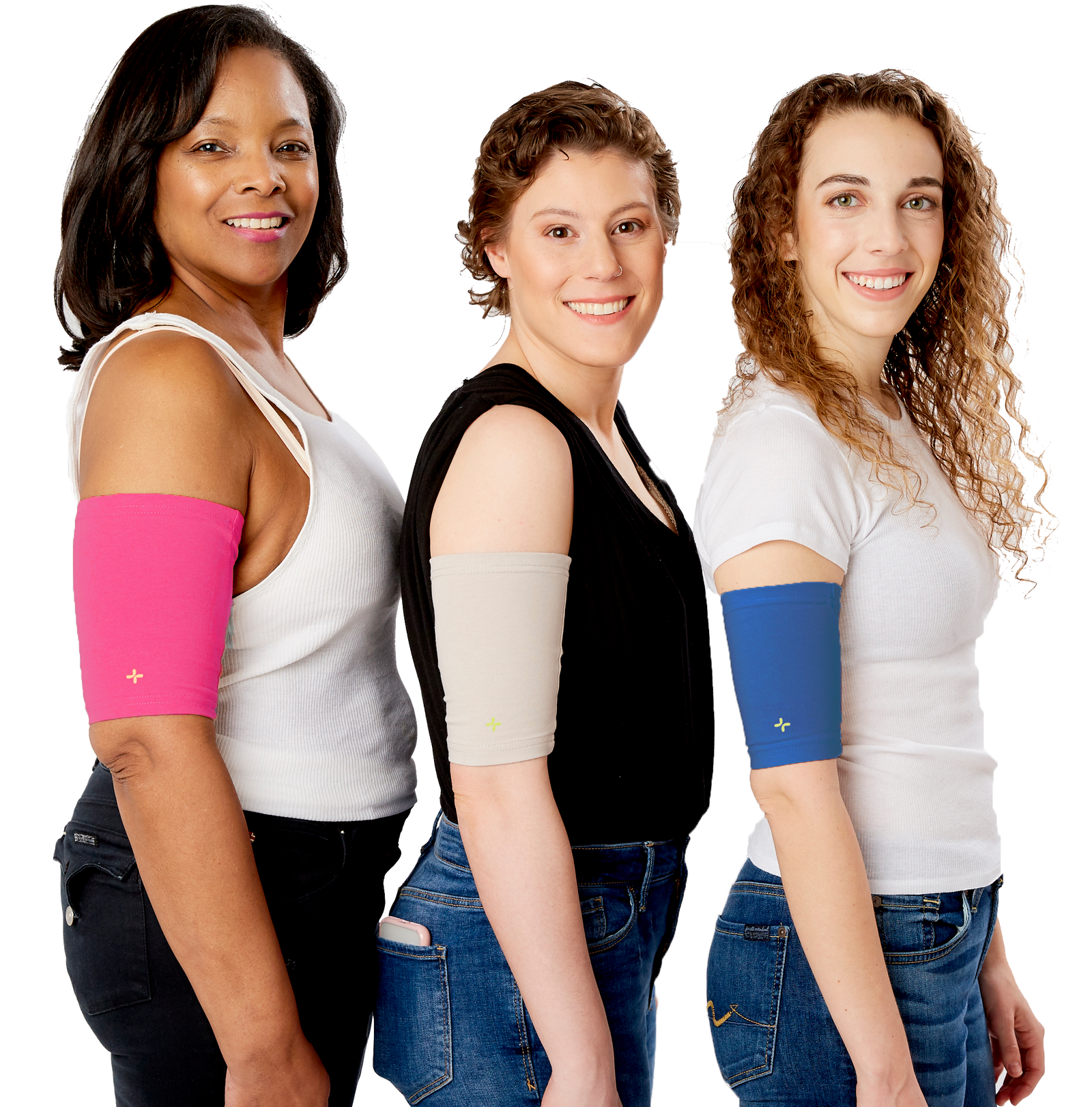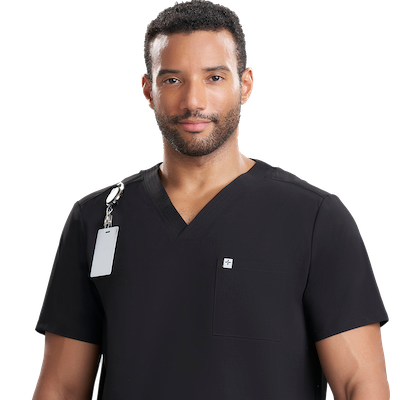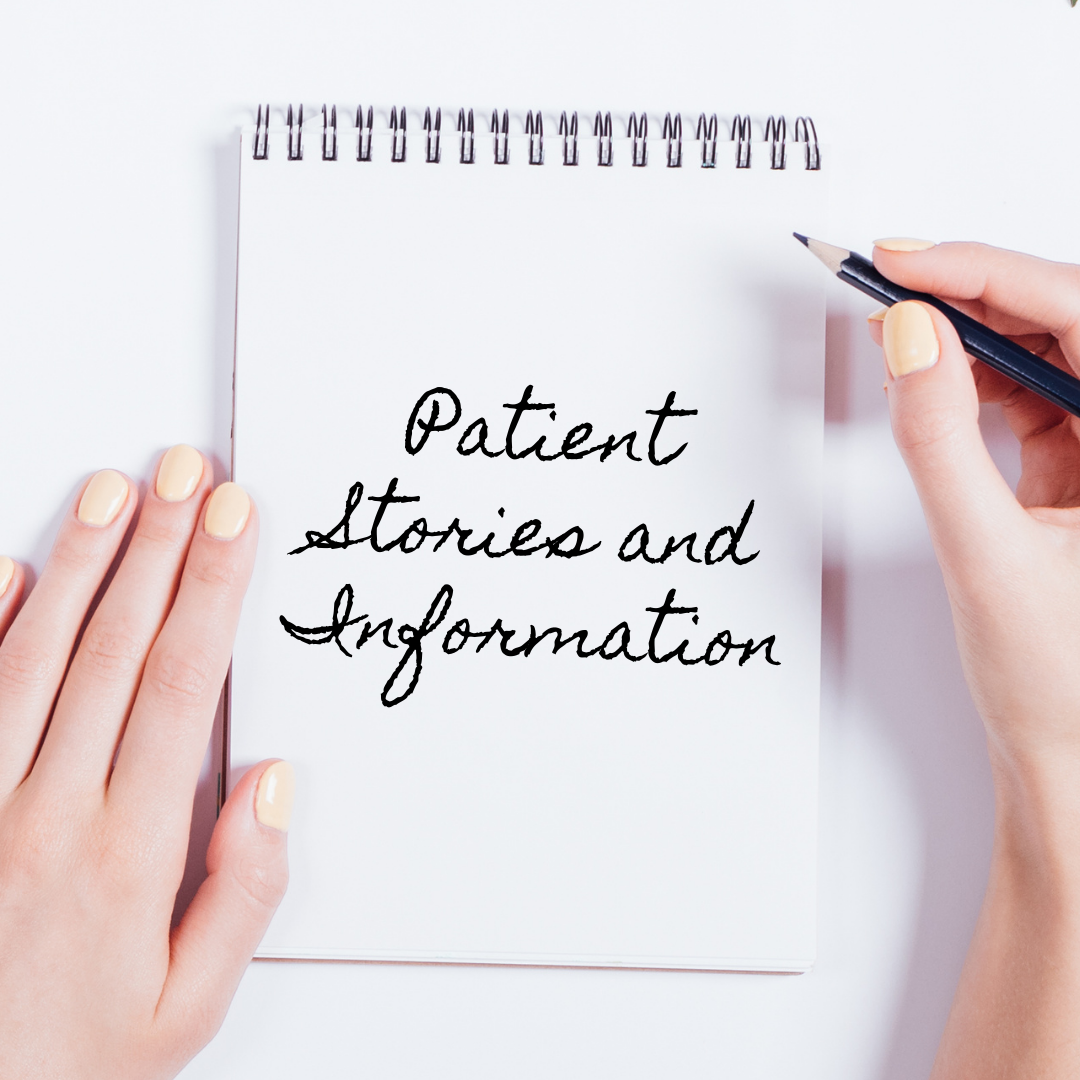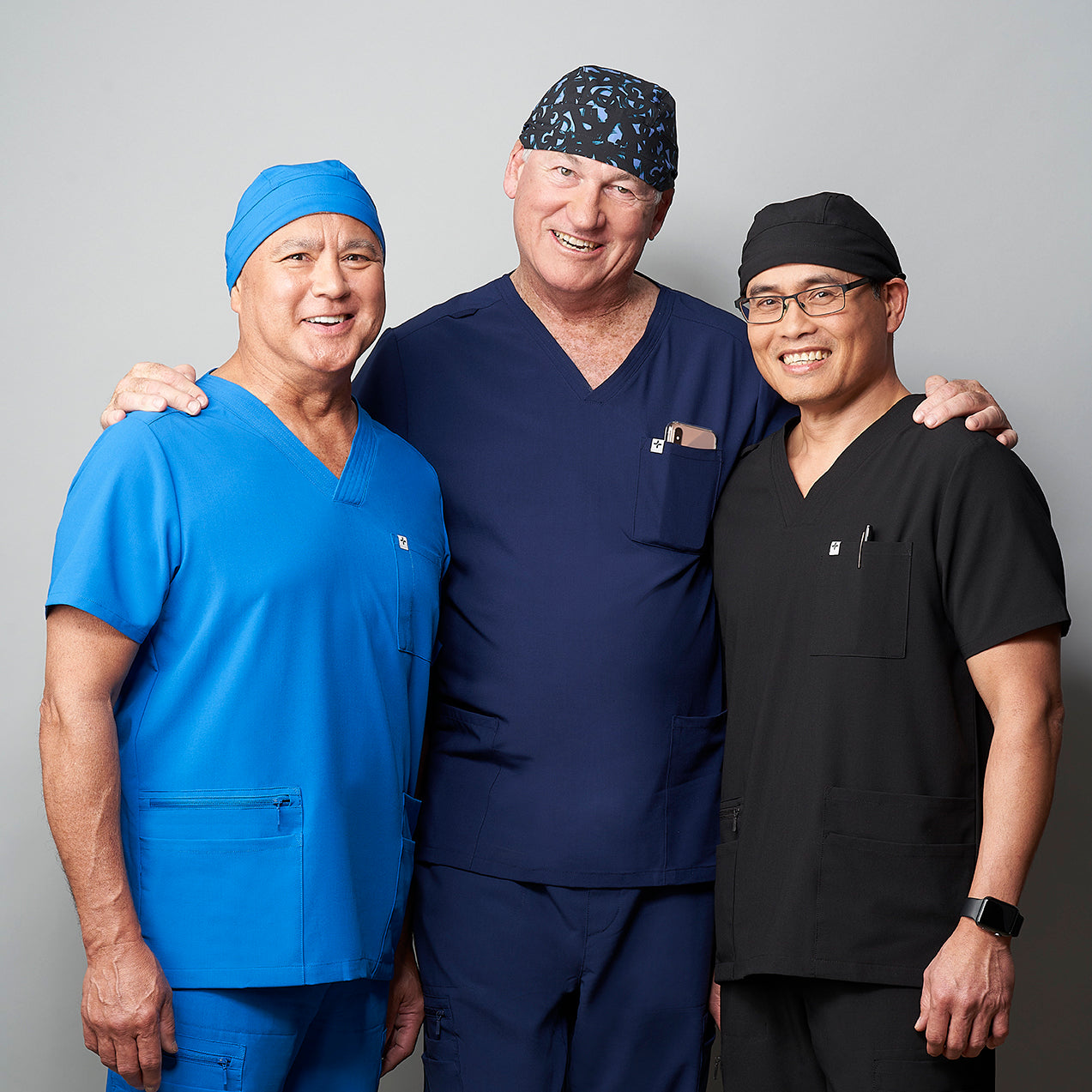My Diagnosis
I first heard about Pulmonary Hypertension (PH) when I was diagnosed with the disease following an echocardiogram on February 6, 2018. At that point, the pressure in my pulmonary arteries was so high that my cardiologist suspected I might have blood clots and I was rushed to the Emergency Room at Valley Hospital in Ridgewood, New Jersey. From my cot in the ER, I began to search online for more information. I learned that the type of Pulmonary Hypertension I had (Pulmonary Arterial Hypertension or PAH) was causing the arteries in my lungs to become so narrow that the right side of my heart could not pump blood through the lungs where it gets oxygenated and then pushed through the rest of my body by the left side of the heart. I also learned that PAH is a rare, progressive, and incurable disease that affects approximately 15-50 people out of every 1 million in the U.S. I read a medical study concluding that even with new treatments available over the last 20-30 years, a PH patient’s life expectancy drops by 50% after 5 years. Without any treatment, the patient often faces death within 2.8 years.
My first reaction to the diagnosis was relief: “I am not crazy! There is something wrong with me.” As with many PH patients, my diagnosis came a long time after the symptoms started manifesting themselves. I suspect that I already had PH in 2007 when I went to see my primary care physician to complain about a racing heartbeat. My echocardiogram, bloodwork, and blood pressure tests all came back normal. I had no other health issues, so what I felt at the time was attributed to stress and panic attacks. As the years passed, I dismissed the waves of fatigue that came out of nowhere as well as my “panic attacks,” and vocally commiserated with others about being out of shape, not sleeping well, and not being able to do as much as I used to as I neared my 40’s. Finally, in late 2017, I started having episodes of feeling light-headed and developed a strange inability to walk up stairs. My legs got so heavy that after 3 steps, it felt like I was walking into a wall and I couldn’t go any further. When I was sitting or lying down, however, I felt perfectly fine. I went back to my local hospital for more tests, including an abdominal sonogram, chest x-ray, endless blood tests – again, all were clean. However, in the 2 weeks before my fateful echocardiogram, my body started to swell, which I later learned was 20 pounds of excess fluid and was – like all the other symptoms I was feeling – a sign that my heart was overworked and had started to shut down.
Accepting My Reality
The seriousness of PH didn’t really sink in until my second week-long stay at a cardiac intensive care unit, this time at New York Presbyterian-Weill Cornell Medical Center. This is when I finally understood that for the rest of my life, my disease would turn into a part-time job, spending hours each week on managing my medications, insurance matters, out-of-pocket medical expenses, doctor’s appointments, and the (often intense) physical impact of side effects and the disease itself. The treatment of my severe case of PAH would include an AA battery-powered medical infusion pump that administers the drug, Remodulin, directly to my arteries through a central venous catheter or PICC line. This pump has to be running 24/7 because if it stops, the defective arteries start reverting to their original state after 4 hours. While I was in the hospital, I didn’t read, I didn’t watch TV, I stopped researching PH. My mind was entirely occupied with one question—based on the statistics and what I knew about the treatment—shouldn’t I just take my 2.8 years and make the best of it? Hang out by a lake and read books until it’s all over? But leaning heavily on the loving support of my network of family and friends and especially my guardian angel/sister, Adriana, I decided to “phight,” as the PH-ers say.
Living with Pulmonary Hypertension
The medications worked and I slowly regained my strength and mobility in the coming months. My biggest physical challenge became my various skin allergies and sensitivities which caused my catheter site to get infected and eventually led to my third emergency hospital visit, this time on the verge of sepsis.
The biggest challenge overall has been dealing with the mental and emotional toll of the setbacks in my treatment, of waking up and going to sleep in discomfort, of trying to live a “normal” life, of constantly feeling like time is running out. It was during the insertion of my third line, this time a PICC line in my left arm, that my sister ordered every PICC line cover she could find on the internet to add to my collection of fanny packs for my medical pump. My favorite quickly became the Care+Wear Long PICC line sleeve for several reasons. It was the only one that didn’t irritate my skin and that wouldn’t slip down. The long version also helped to keep my 60” tubing in place and made it possible for me to wear short-sleeved shirts in the summer months. Its antimicrobial features give my delicate skin extra protection from infection. My favorite is the Black, but I also love the Dawn and the Fuchsia for a pop of color. An important part of my acceptance of PH is to really own it and not hide my pump or PICC line. I’ve actually gotten compliments on my outfits from strangers thanks to my PH-related accessories, much more than I ever did before I was sick!

A Meaningful Life
As a healthy person, I had no idea what it would be like to live with chronic illness. What I understand now is that being ill is incredibly challenging in certain ways, but it is also an opportunity to live a more meaningful life with appreciation and gratitude for the things I can still do and for the loved ones who have supported me. There isn’t time to sweat the small stuff and there isn’t time to waste.
I deeply appreciate the efforts of the medical community to search for cures and the individuals devoted to improving a person’s quality of life. To me, being able to find the right accessories like my Care+Wear PICC line covers is no small matter. It makes an impact on my confidence and my ability to live an active, productive life. Without being weighed down by the stigma of being sick, I feel like I can focus on the realization that my PH isn’t about me anymore, it’s about everyone who comes after me. The Pulmonary Hypertension Association (PHA) has given my sister and I an incredible opportunity to lead a PH Support Group in New York City through which we are getting to know some really inspiring phighters. But what about those who are suffering from PH or other diseases and remain undiagnosed, or who are not getting the appropriate healthcare, or cannot afford healthcare? I’m still trying to figure out how I can best contribute based on my experiences in the last year and a half. For now, I urge everyone to listen to their bodies and to get educated about their healthcare and insurance options. Finally, a big thank you to Care+Wear for letting me share my story and for supporting all of us who are living with a disease.
-Alicia Kubes










danielle
November 18, 2020
Hello,
Could you tell me what the symptoms felt like to you? I have an inflammatory arthritis which puts me at greater risk for this and have been having some symptoms. Like did you feel heart palpitations? if so where? I feel them over the right side of my sternum almost mid line upper part of my chest. I have a history of exercise induced asthma, but this does not feel like that. My lungs themselves feel clear. with effort I can push the air all the way down. I feel like the pressure is from outside the lungs if that makes sense. No signs of infection and my symptoms are intermittent and also appear to get worse as I approach my time of the month. I do occasionally get notable dizziness changing positions. Not just a little but a lot. It’s not always connected with difficulty breathing. I just turned 38 and had my first and only baby a year and a half ago. My EKG was normal but I wasn’t having the palpitations at that moment. I feel exhausted going up stairs and don’t have the energy to change my baby once I get to the top of the stairs, especially if I carried her. I suspect if I have PAH that it’s mild. I read multiple journal articles and random articles online, but I want to hear from someone like me what it felt like. I have a cardiologist appt next week but not sure if I’d need a pulmonologist. Thanks, Danielle